Arts
Celebrating interconnectedness through art
Anay Ngawang Chodak talks about his art style, the need for harmony in today’s world, and his new wearable art collection.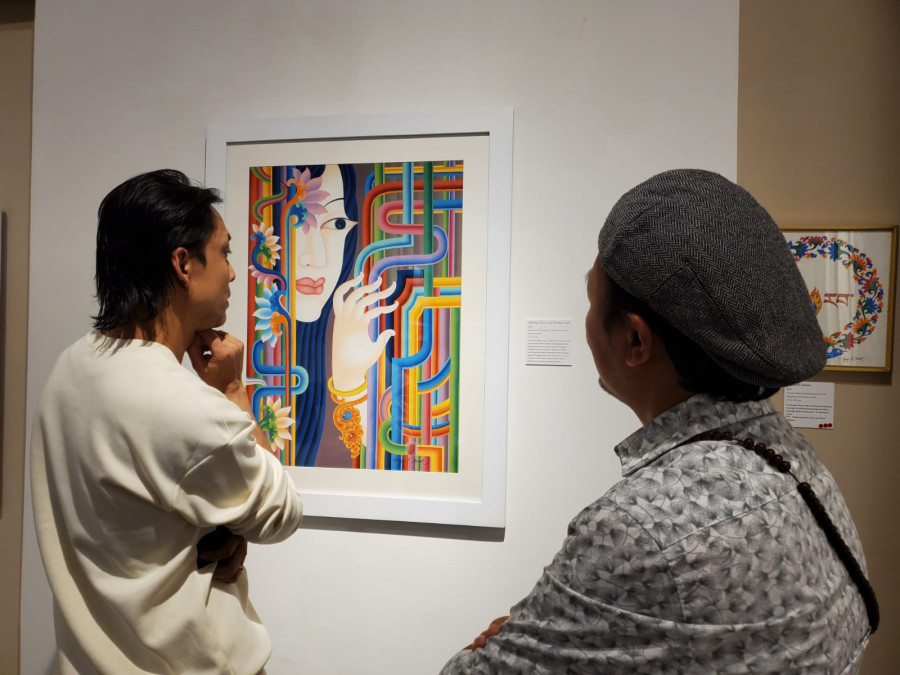
Aarati Ray
In times of ongoing conflicts worldwide, Anay Ngawang Chodak, through his art, promotes the concept of ‘interconnectedness of existence’. He believes that by recognising our interconnectedness, we can work together toward positive change, promoting peace and harmony in a world that often feels divided.
Chodak is a traditional Tibetan thangka master and contemporary artist. As a devoted Buddhist practitioner and direct descendant of the Repa Dorje Chang lineage—one of Jetsun Milarepa’s yogi disciples—he combines his rich heritage with modern artistic expressions.
His solo art exhibition, ‘Opening Doors to Universal Inner Human Value’, is currently displayed at Kisimaaka Gallery in Thamel, Kathmandu. The exhibition, which started on April 6 and was initially planned to end on May 19, has been extended to May 23.
In an interview with the Post’s Aarati Ray, Chodak shares insights on his art styles, the importance of ‘interconnectedness’ in today’s world and his new ‘wearable’ art collection.
What styles of art do you create?
I create various types of art, from Thangka and Tibetan to modern styles. My work combines Newa Paubha art, Kashmir’s Alchi art and Tibetan art, focusing on female energy as a divine source of wisdom.
Can you tell us about your project with Kisimaaka Lines on wearable art?
I’m collaborating with Kisimaaka Lines on a special project called the ‘Meditative Collection’. We design 100% cashmere shawls adorned with my Himalayan art. This project combines Himalayan beauty and elegance with colours, reminding us of universal human values of joy and harmony.
By creating these wearable art collections, we aim to make Himalayan art more accessible and share the message of Himalayan culture globally.
Your paintings often feature the theme of ‘Interconnectedness of Existence'. Can you explain this idea?
In everything we do—what we eat, wear, think, and feel—there’s a theme of interconnectedness. We’re all connected and everything affects everything else. Good thoughts lead to good outcomes and bad thoughts lead to bad outcomes. Through my paintings, I want to emphasise this idea.
Understanding our interconnectedness can help remind us that our actions impact others and that we share common human experiences and needs.
This awareness can develop empathy, compassion and cooperation within us, reducing conflicts and helping to rebuild trust and unity. My art reminds us that we’re all connected and that practising kindness and compassion can bring us peace.
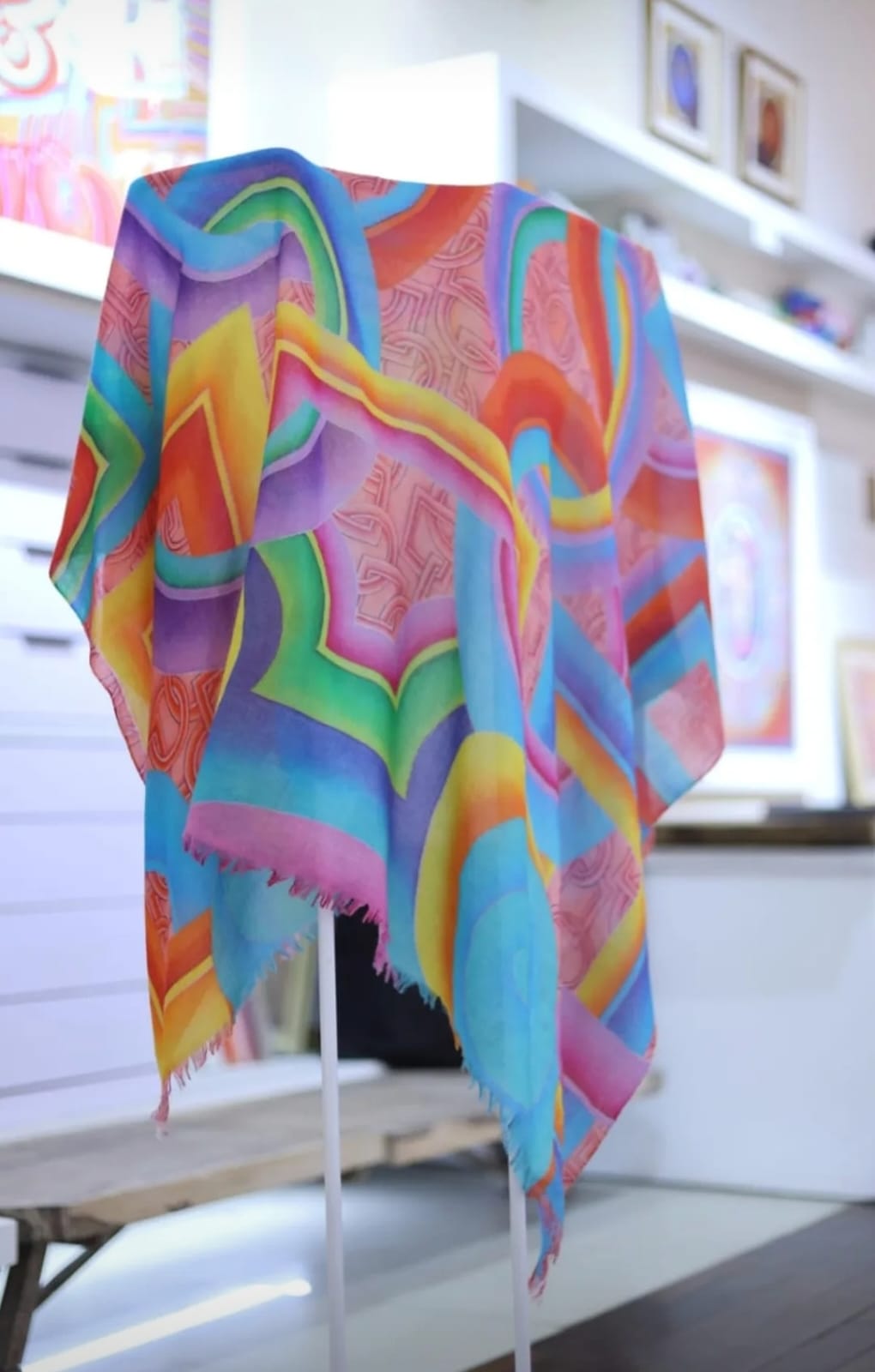
In the digital and technology era, where people are becoming more isolated from each other, how important do you think staying connected is?
Even in the digital world, I see interconnectedness. While there are negative influences, they still show how connected we all are, though in a less positive way. We need to spread positive messages more to harness the good side of interconnectedness.
If we truly understand and practice interconnectedness, we can overcome jealousy, violence and negative feelings, leading to a world without conflict. We all feel pain, experience hunger and need water to survive. We must realise that at our core and soul, we’re not so different.
Do you ever feel pressured to conform to traditional or modern art styles?
I don’t feel pressured to conform to just one style. People often see traditional art as only depicting gods and deities, making it seem distant to the younger generation. However, I believe that Thangka art, traditional art and modern art all share the same essence.
Contemporary art connects with our modern lifestyle and thoughts, while traditional art reflects human lifestyle and consciousness. On a deeper level, they’re all the same, so I use different approaches in my paintings to convey the same message.
Traditional and contemporary art can communicate messages about good and bad deeds, showing their similarities. Therefore, I don't think we need to stick to or conform to just one style.

How do you view ‘meditativeness’ in art?
To me, meditativeness in art means cultivating good practices and habits. In a world of pessimism, it’s easy to fall into negative thoughts and behaviours. Practising meditative art involves propagating positive thinking and practices.
With a free and boundless mind, there are no limitations. Barriers that once seemed insurmountable disappear, allowing us to see the world in a new light. Everything coexists without differentiation or separation in absolute freedom and unity. We should understand and appreciate the interconnectedness of all things and realise that we are part of a greater whole.

What message are you trying to convey through the themes of female energy and divinity in your paintings?
In the past, women and femininity were often looked down upon. However, both men and women have feminine and masculine qualities. We need to stop creating divisions based on these qualities. It’s high time we start celebrating femininity and women.
Motherhood is the ultimate symbol of love. Even Buddha said that men and women are equal. For example, in my painting ‘Oneness’, I try to show a harmonious balance of masculine and feminine energies. When we move beyond our differences, we can appreciate and respect each other more deeply, allowing these energies to unite and flow beautifully.
Just as a peacock uses poison to grow vibrant feathers, the snake skin on the female form in my painting represents transforming negativity into something positive.




 12.12°C Kathmandu
12.12°C Kathmandu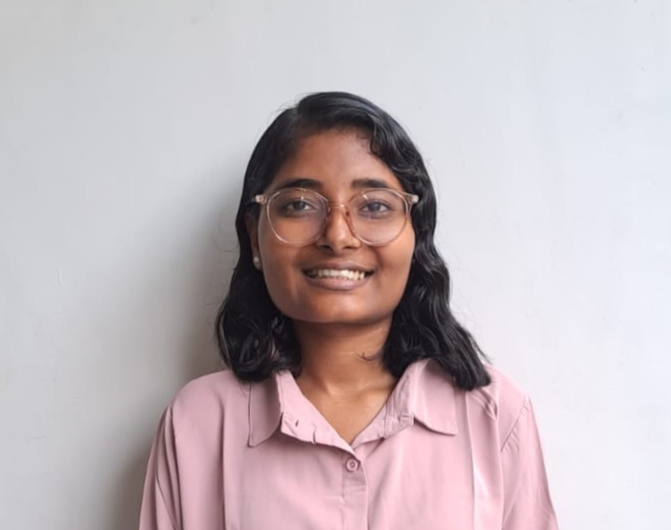
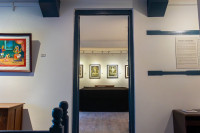
%20(1).jpg&w=200&height=120)
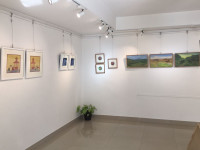
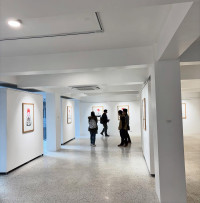
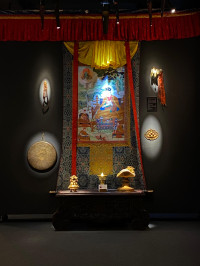
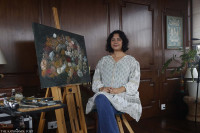


%20(1).jpg&w=300&height=200)

